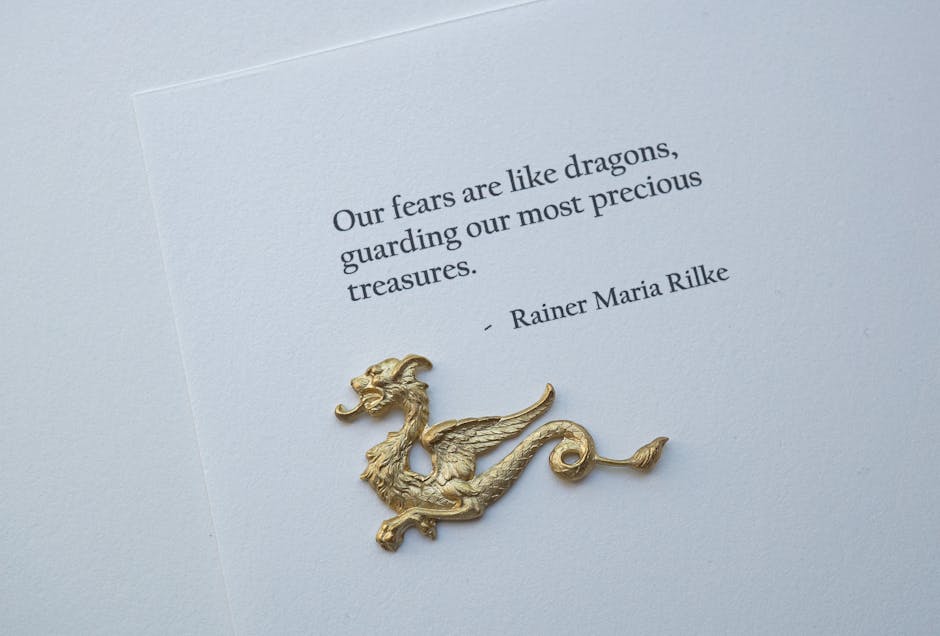You ever just hear a word, and it’s kinda cool, but you’re not totally sure what it means beyond the super obvious? Like “dovetail.” It sounds like something from a fancy woodworking shop, right? And, okay, yeah, it is that. But the meaning of “dovetail” goes way, way deeper than just some wood pieces. It’s actually a pretty neat idea, this “dovetail meaning,” and something we use way more often than we realize, even in 2025.
What’s really wild is how often something from a totally physical, hands-on craft makes its way into our everyday talk. And “dovetail” is one of those. Most people, if you just ask them straight up what a dovetail is, they’ll probably picture those weird, finger-like connections you see on old drawers or nice furniture. And they’d be right! That’s the original, literal meaning. A dovetail joint.
The OG: What a Dovetail Joint Actually Is
Okay, so let’s get into the nitty-gritty of the actual woodworking bit first. Imagine two pieces of wood. One has these trapezoid-shaped bits sticking out, kinda like a dove’s tail (hence the name, pretty clever, huh?). These are called “pins.” The other piece of wood has matching, cut-out spaces, the “tails,” that are shaped just right for those pins to slide into. When you push them together, snug as a bug, they lock. Hard.
Seriously, that joint? It’s strong. Like, really strong. It’s not just some glue holding stuff together; it’s the shape itself that makes it so tough. Pulling it apart along the length of the joint is super difficult because those flared ‘tails’ won’t let go of the ‘pins.’ It’s why you see them on quality antique furniture – dressers, cabinets, even old chests. They stand the test of time, you know? My grandpa had this old desk, real heavy wood, and I remember looking at the drawers, and those precise, interlocking bits were there. He always said, “That’s how you know it’s good stuff, kid.” He wasn’t wrong.
Why Woodworkers Love It (And Why It’s Been Around Forever)
For ages, craftsmen picked the dovetail joint not just because it looks nice (which it does, it’s kinda pretty in a functional way), but because of its shear strength. Wood expands and contracts with humidity and temperature, right? But the way those pins and tails interlock, they handle that movement without failing. A lot of joints kinda give up over time, especially with changing weather or just daily use, but not the dovetail. It holds tight. It resists being pulled apart along the grain. Plus, back in the day, before super strong glues and fancy screws were commonplace, this was one of the absolute best ways to make something stay put for centuries. It’s got a long, long history, this one. Think about it: they were making these things hundreds of years ago, by hand, with chisels and mallets. Pretty wild.
Beyond the Workshop: The Figurative Dovetail Meaning
Now, here’s where it gets interesting for most of us, because unless you’re a woodworker or really into antique furniture, you probably don’t think about wooden joints every day. The figurative meaning of “dovetail” is about things that fit together perfectly, just like those pieces of wood. When ideas, plans, or even people “dovetail,” it means they connect smoothly, logically, and often surprisingly well, creating a stronger whole.
It’s like when you’re working on a school project, and someone has one idea, and someone else has another, and at first, they seem totally separate. But then, poof, you realize they actually fit together perfectly, complementing each other, making the whole thing better than if you just stuck to one idea. That’s dovetailing. It’s not just about things being compatible; it’s about them enhancing each other because of how well they connect.
When Things Just “Click”: Real-World Examples
Okay, so where do you hear this? All over the place, if you listen for it.
In Business: Maybe a new marketing strategy perfectly dovetails with the product development team’s goals. Like, the ad campaign they cooked up isn’t just flashy, it actually speaks directly to the features the engineers were breaking their backs to build. That makes sense, right? If they didn’t dovetail, the marketing might promise something the product can’t deliver, or the product might have cool features no one knows about because the marketing missed it.
In Planning: Let’s say you’re organizing a big event. The catering schedule needs to dovetail with the entertainment schedule. If the band starts playing while everyone’s still trying to grab their food, that’s not dovetailing. But if the music kicks off just as people are settling down with their plates, that’s it. Smooth.
In Ideas: Sometimes, you’re reading two different books, or listening to two different podcasts, and suddenly, a concept from one just perfectly connects with something you heard in the other. They weren’t meant to be read or heard together, but wow, do they ever dovetail, giving you this “aha!” moment. It happens a lot with historical events, too. You learn about one thing, then something else totally unrelated, and suddenly you see how they actually influenced each other in ways no one directly said. It’s pretty cool when your brain makes those connections.
In Personal Life: Ever have two different friends who you weren’t sure would get along? But then you introduce them, and their personalities just click, their humor dovetails, and they become fast friends. That’s a nice version of it. Or maybe your personal goals for the year perfectly dovetail with a new opportunity that pops up. It’s like the universe is saying, “Yep, that fits.”
The common thread is that feeling of things aligning naturally and creating something more cohesive or powerful. It’s not forced; it feels right. Like the pieces were always meant to fit.
Why We Use This Word, Still
So why do we still say “dovetail” instead of just “fit together”? I think it’s because it carries that extra weight of strength and precision. When something dovetails, it’s not just a casual fit. It’s a strong, secure, and often elegant fit. It implies a kind of perfect alignment that makes the combined entity more stable or effective. It’s not just “compatible”; it’s “interlocking.” The word itself just feels more specific, more impactful. You know what I mean? It paints a picture. And that picture is of something well-made, something that holds.
Plus, it’s kinda old-school, in a good way. Like, it has a history, you know? It’s a word that’s been around, seen some things. It’s not some new buzzword that’ll be gone next year. It’s got staying power, just like the joint it describes.
What’s Interesting is How Things Change, But Some Meanings Stick
In our fast-paced, digital world of 2025, where everything feels like it’s constantly changing, it’s pretty grounding to think about words like “dovetail.” The physical act of making a dovetail joint is meticulous, patient work. It takes skill and precision. And I believe that precision is what carries over to the figurative meaning. When we say ideas dovetail, we’re not just saying they kinda fit; we’re saying they fit with the precision and strength of a handcrafted joint.
It kinda makes you think, doesn’t it? About all the simple, physical things that give us the language to describe complex, abstract ideas. The way we build things with our hands teaches us how to build plans, relationships, even thoughts. That’s pretty cool, if you ask me. It suggests that even in a world full of AI and super-fast tech, some fundamental principles about how things connect and hold together, those don’t really change.
Practical Takeaways: How to Spot a Dovetail (Figuratively Speaking)
Next time you’re in a meeting, or listening to a discussion, or even just planning out your day, listen for those moments when things just click. When different elements suddenly align in a way that feels natural and makes everything stronger. That’s dovetailing.
It’s actually a pretty good concept to look for. When you’re trying to solve a problem, instead of just pushing one solution, try to see if different ideas, maybe even ones that seem opposed, can somehow dovetail. It often leads to much better, more robust outcomes than just picking one path. So, thinking about “dovetail meaning” isn’t just about knowing a definition; it’s about seeing how pieces fit together, making things better and stronger. It’s about building something that lasts.
Frequently Asked Questions About Dovetail Meaning
1. What’s the basic idea behind “dovetail meaning”?
Basically, it means two or more things fitting together perfectly and securely, like the interlocking parts of a dovetail woodworking joint. This creates a strong, often harmonious, connection.
2. Is “dovetail” mostly about woodworking?
While its origin is definitely in woodworking, where it describes a very strong joint, the word is much more commonly used these days in a figurative sense. It’s often about plans, ideas, or even people fitting together smoothly.
3. Can you give an example of “dovetail” used in a sentence, not about wood?
Sure! “The new company policy seemed to really dovetail with the employees’ desire for more flexible work arrangements, making everyone happier.” See how it means they aligned well?
4. What makes something “dovetail” instead of just “fit”?
When things “dovetail,” it implies a precise, natural, and strong fit, much like the physical joint. It’s not just a casual connection; it suggests that the elements genuinely complement and reinforce each other, making the overall structure or idea more robust.
5. Why is this word still used in everyday language?
I think it’s because the image of those interlocking wooden pieces just perfectly captures the idea of a strong, almost ideal connection. It’s a vivid metaphor that communicates more than just “things fitting.” It conveys stability and a well-matched relationship between different parts.















